History lovers certainly know that the “Iron Age” was one of the prehistoric periods. But in the museum, which opened its gates in September 2001 and belongs to the Swiss heritage of national significance, you will get even further in history. Even to the Ice Age. But hold your horses, everything has its time.
Getting there
The Archaeological Museum is located in the Hauterive village about 3km northeast of Neuchâtel. If you are coming from Bern/Biel, take the Hauterive exit and then follow the signs to Port d’Hauterive/Laténium.
2068 Hauterive, Švýcarsko
You can leave your car in the metered parking lot at the port (0.5 CHF/hour).
Opening hours and admission
The museum is open daily except for Mondays from 10 am to 5 pm. Admission fee for adults is 9CHF, children (7 to 16 years old) pay 4 francs. Family admission costs 20CHF. The admission is free on every first Sunday of the month!
Right across the entrance to the museum, there is a cloakroom with lockers (2CHF depot). Next door there are toilets with a changing corner. The whole museum is barrier-free.
Inside the museum
With a leaflet in our hand, we set out on a journey from the medieval Neuchâtel to the Stone Age. In the nine halls, there you can admire many interesting artefacts from the past – whether they are objects of everyday household necessities, or that they are needed to perform craftsmanship or for religious rituals (ceramic dishes, knives, tools, coins, weapons, jewellery, belt buckles etc.).
Right at the beginning, we saw the model of the dominant of Neuchâtel – a Gothic castle with collegial church.
For lovers of Gothic architecture, the original ornate limestone fragments can be seen.
Needless to say that I was thrilled when we came to the section dedicated to my favourite Roman period. I wrote about Avenches or Augusta Raurica on this blog before, but I did not even know that in the nearby town of Colombier there was one of the most beautiful Roman villas on the territory of today’s Switzerland (we were curious to find out how the place looks today – see below).
La Tène
History was my favourite subject at school and I even passed my school leaving exam from the history of art. But! I have to admit that I have never been searching for what the Late Iron Age (La Tène culture), was named after. That it was named after the town of La Tène in Switzerland, where the remains of the settlement of the Celtic tribe of Helvetia were found. They lived in this area before being occupied by the Romans. The sites of great historical significance have revealed the Celtic oppida and show the daily life of the Celts.
Further, the tour continues through the Bronze Age until the Stone Age, showing the life of the first hunters and food gahterers.
For kids
Although a lot of archaeological fragments are behind the glass, the kids are not bored here because the museum is very interactive. In addition to admiring perfectly sophisticated models, they can answer quizzes on touchscreens, try to put together pieces of the Roman mosaic pattern or play a “Nine Men’s Morris” (the Mill game) that is dating to the Roman empire.
Archeological park
You can continue the tour also outside the main building. In the free to visit park around the museum, you can see the reconstruction of the then-dwellings. The so-called Pile dwellings were typical of the Alpine region during the Bronze Age houses usually on shores of lakes and they are listed on the UNESCO World Heritage List.
Kids will surely appreciate the outdoor playground (who could resist the Mammoth-slide? 😉 )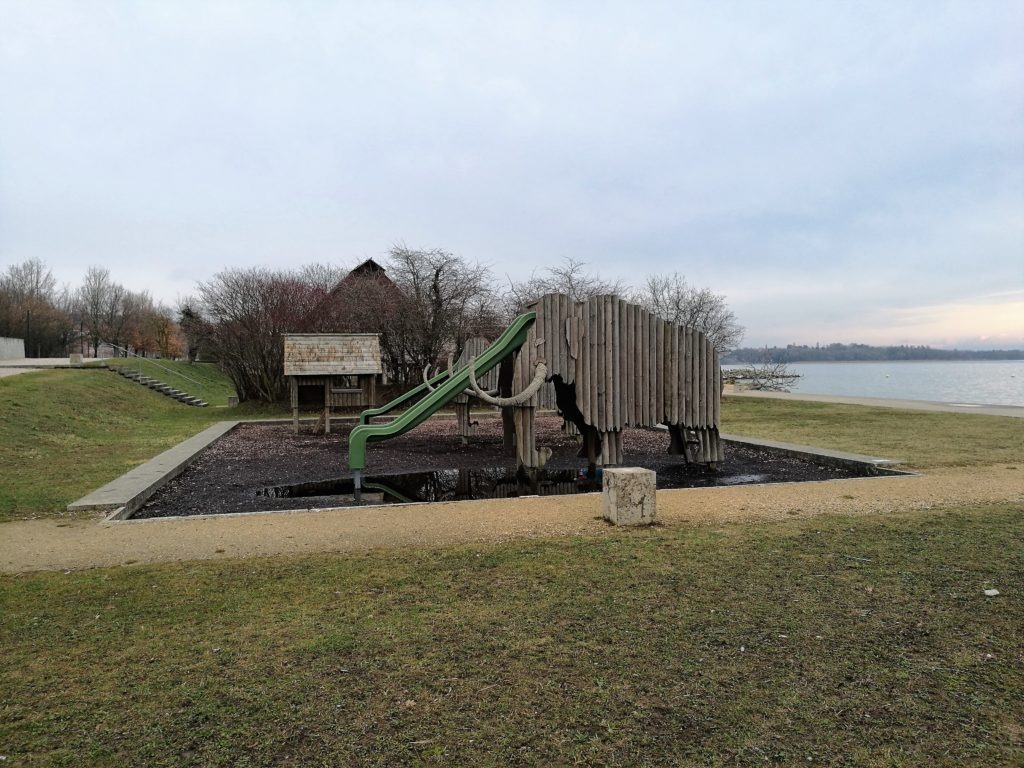
My remarks
Although the museum displays the historical artefacts in a creative way, interesting for both young and old, I find the arrangement of the exhibition (from the Middle Ages to Prehistory) somewhat illogical. I would prefer rather the opposite direction so that children can see how civilization evolved. However, I was pleasantly surprised that it was possible to see an overview of so many historical periods (I expected only the prehistoric times).
The museum’s visit is interesting not only for fans of archaeology but also for architecture fans – the museum is greatly architecturally designed. The combination of cold concrete and natural materials does not disturb, the display is nice and modern.
- On the other hand, it is a pity that in such a linguistically diverse country as Switzerland undoubtedly is, the labels and explanations are only in German and French (I would expect English too).
- Before leaving the indoor premises of the museum, finish the visit with a coffee in Café Laténium (here you can get not only coffee, but also daily menu (for 17 CHF).
- Thanks to its idyllic location right on the shores of Lake Neuchatel, the museum and the park have a pleasant atmosphere.
My tips
Although the visit of the museum will excite some inquisitive preschoolers, I´d rather visit it with older children (the visit will probably have a bigger educational effect when the children learn about a prehistoric period at school).
If weather permits, do not leave as soon as you leave the museum. You can take an easy stroll on the shore of the lake.
Like on other Swiss lakes, also here you can take a boat ride during the summer months. Boat connections from Hauterive are provided by the company Navigation Lacs de Neuchatel et Morat Neuchatel.
As I mentioned above, we made a short trip to the town of Colombier (10km of the museum). On the site of a former Roman villa, a medieval castle was built. Today it serves as a barracks and a military museum. I think we will definitely come back here sometimes.





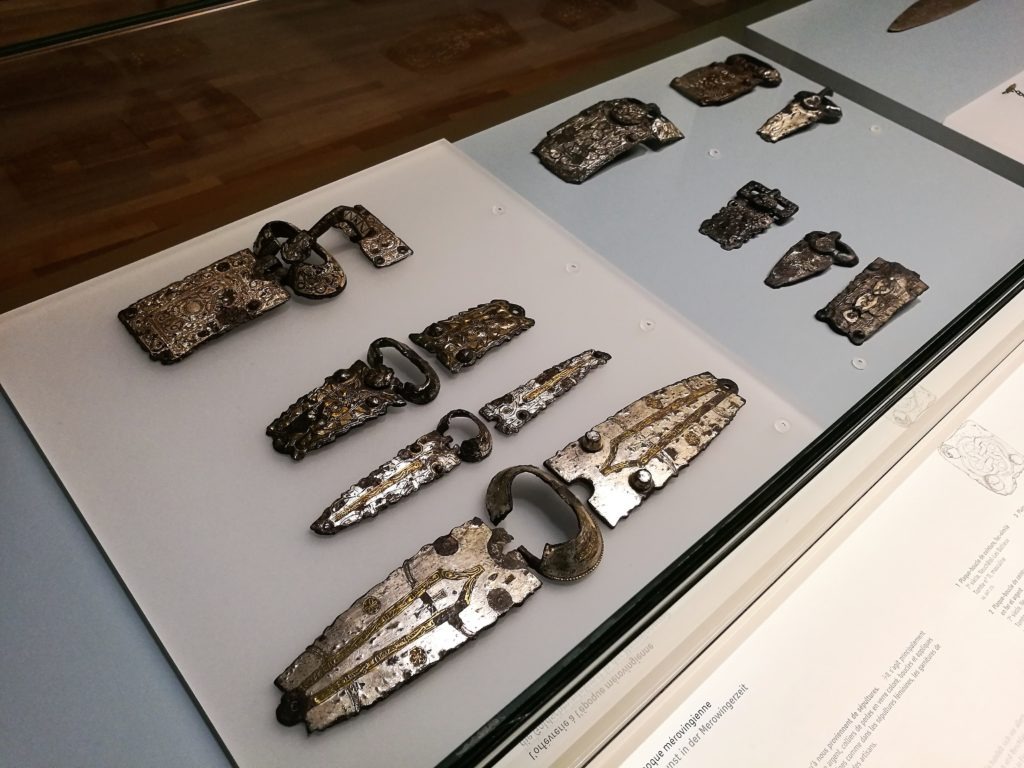
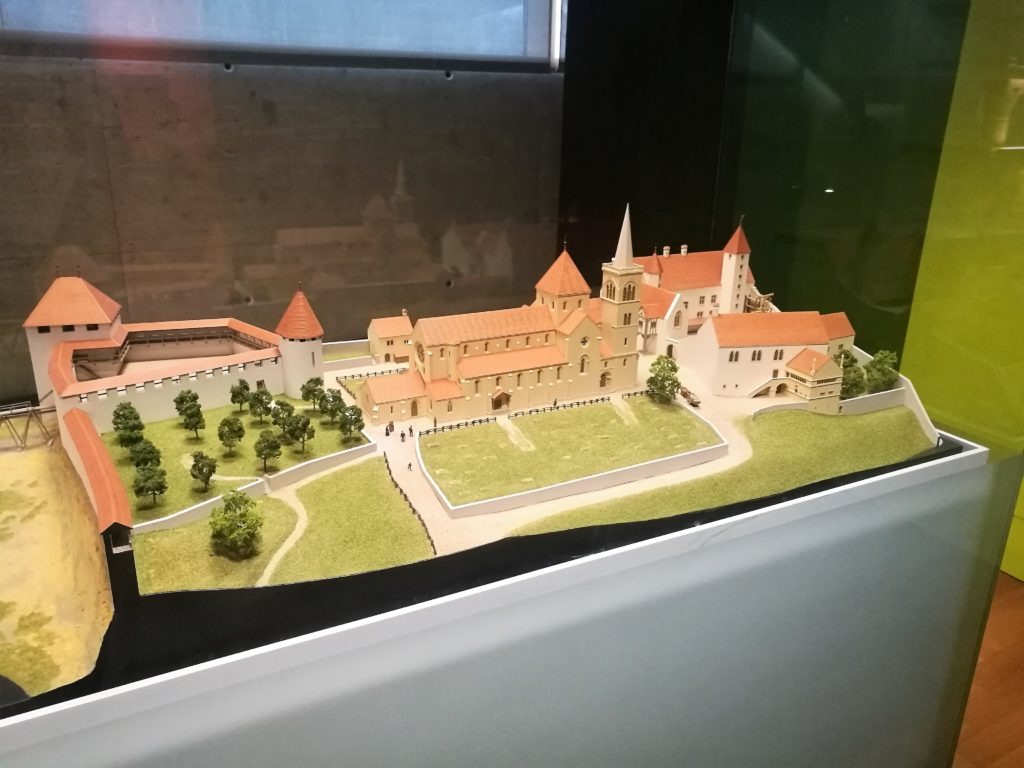
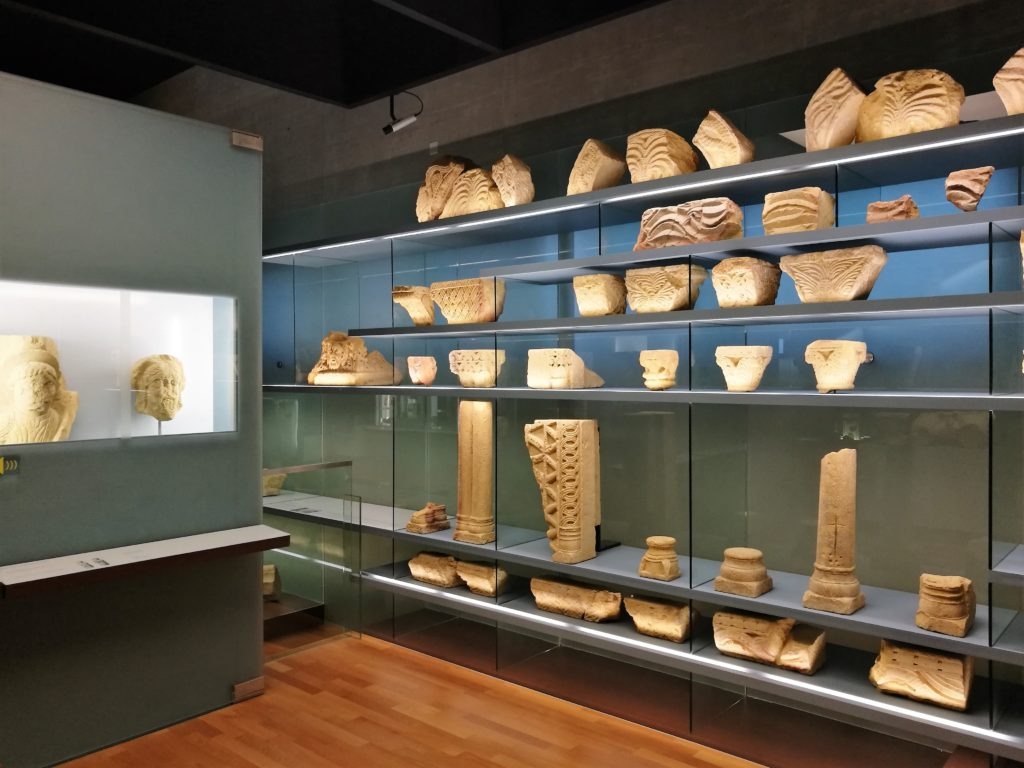
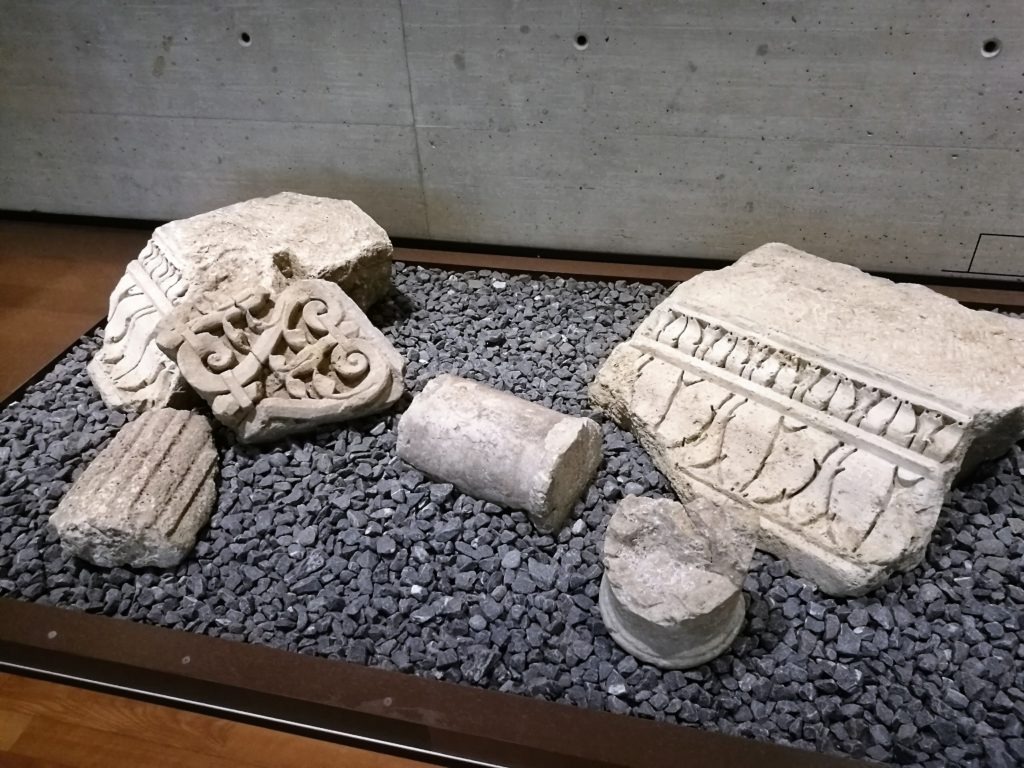
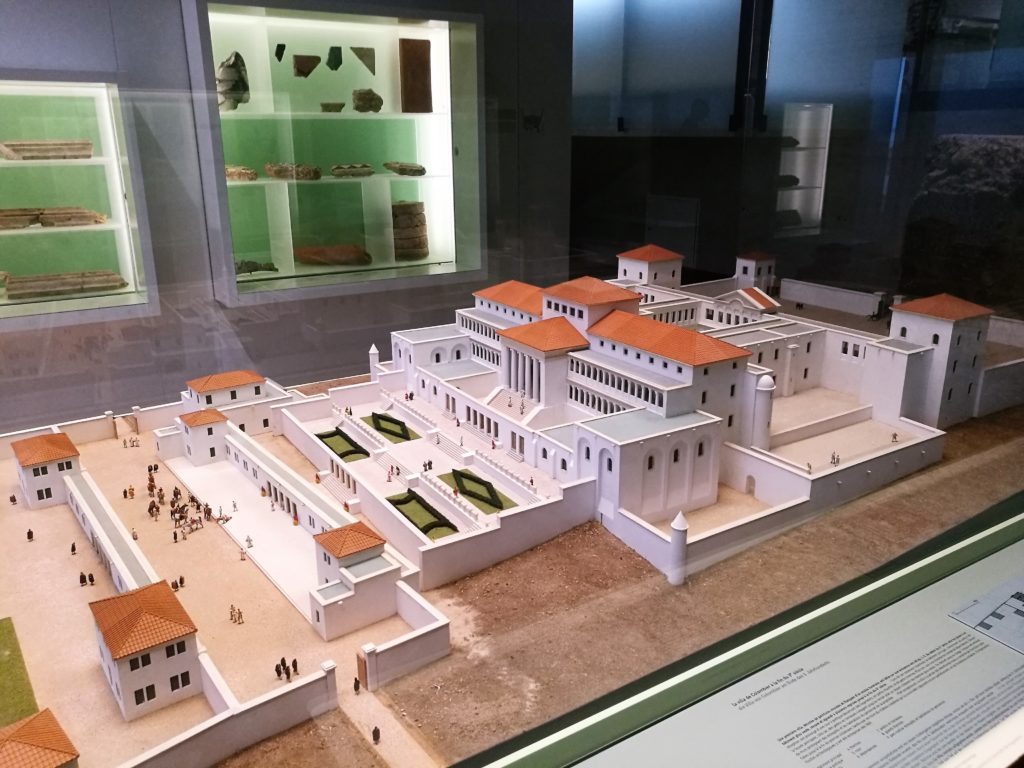
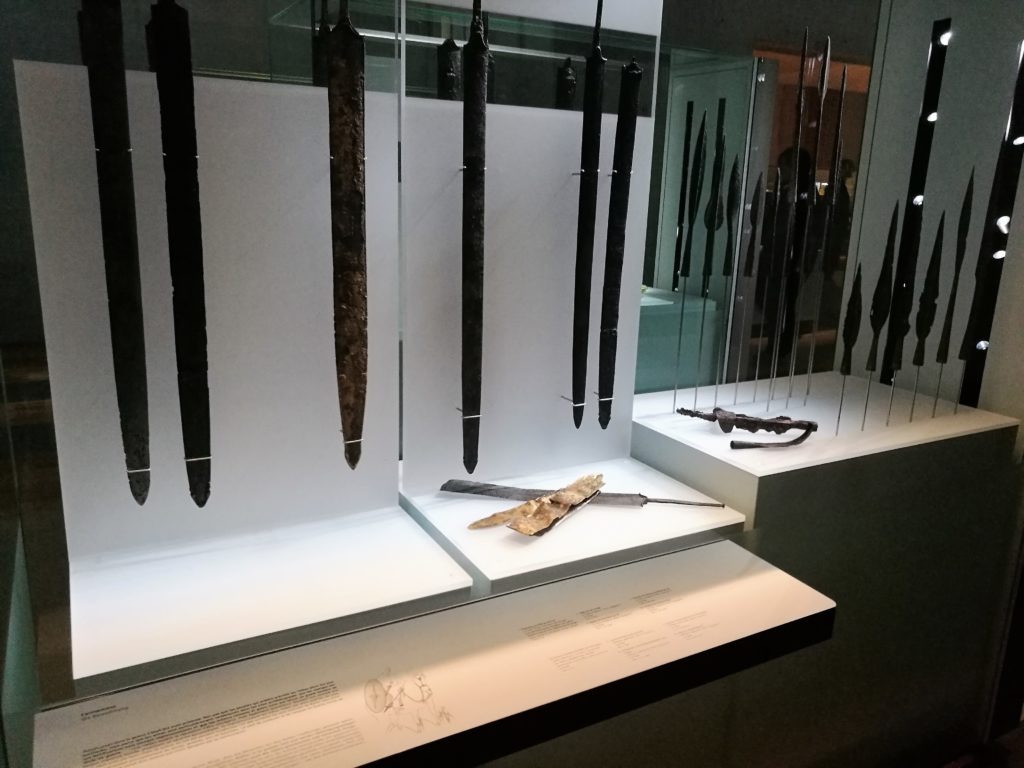

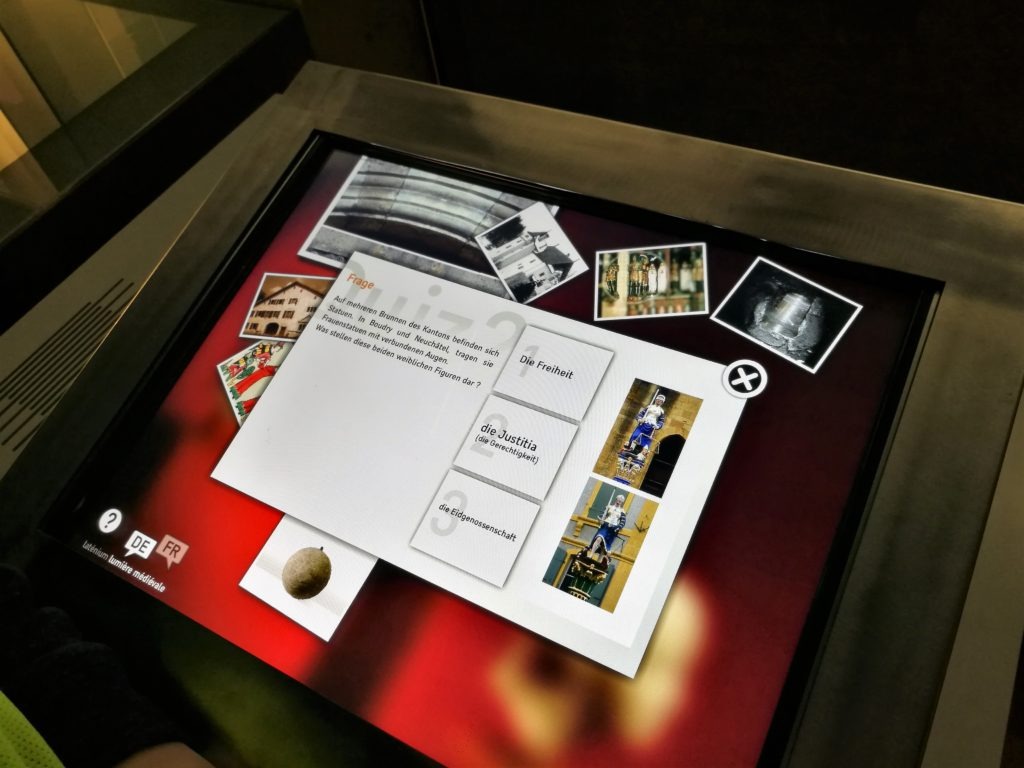
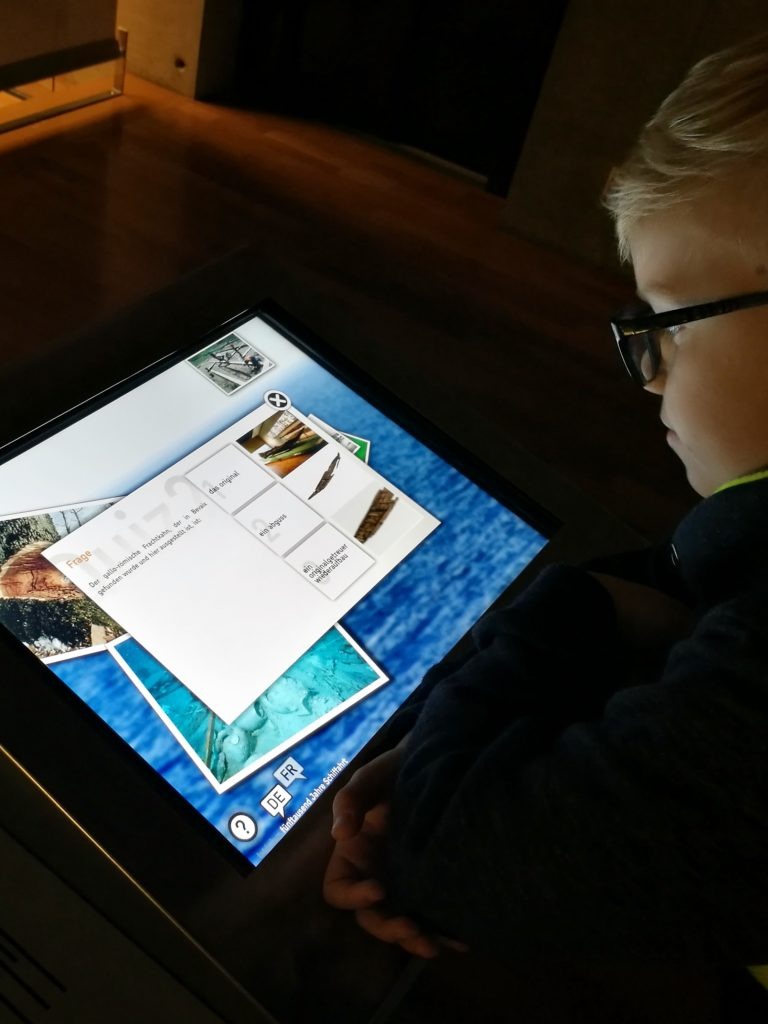

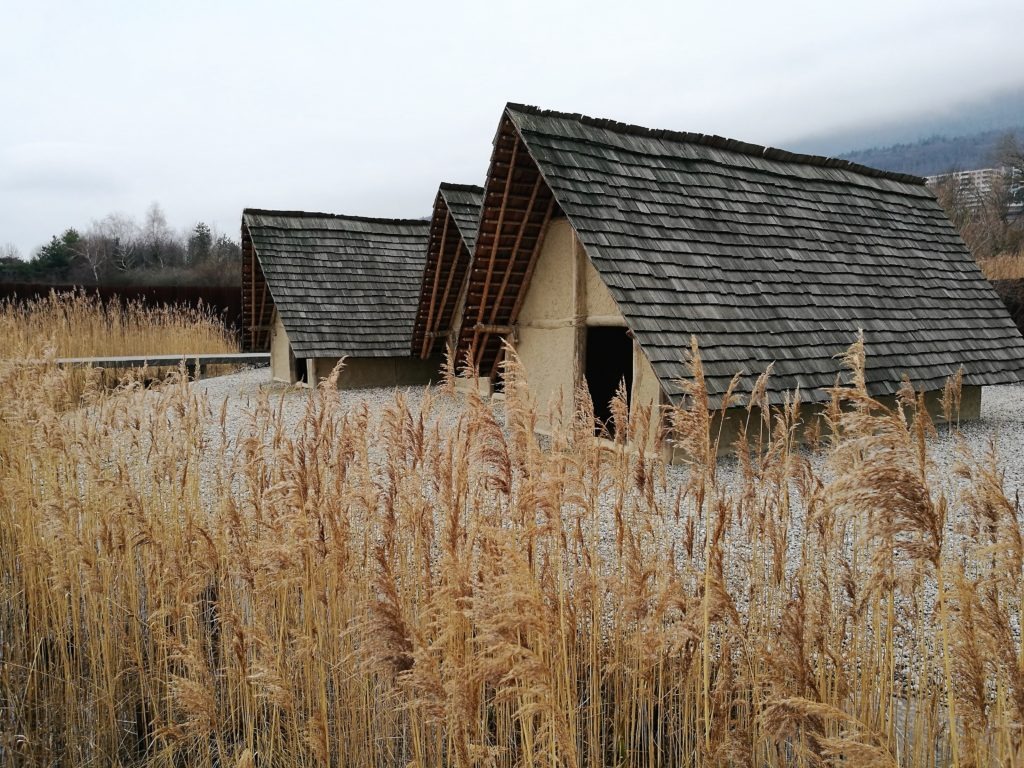
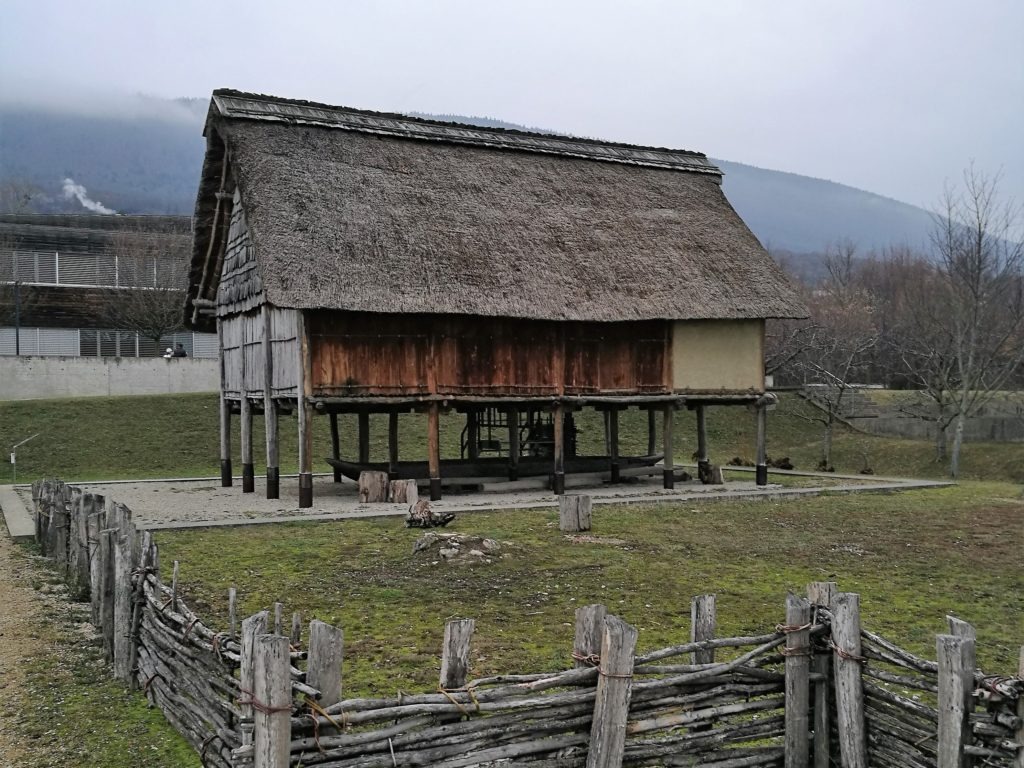
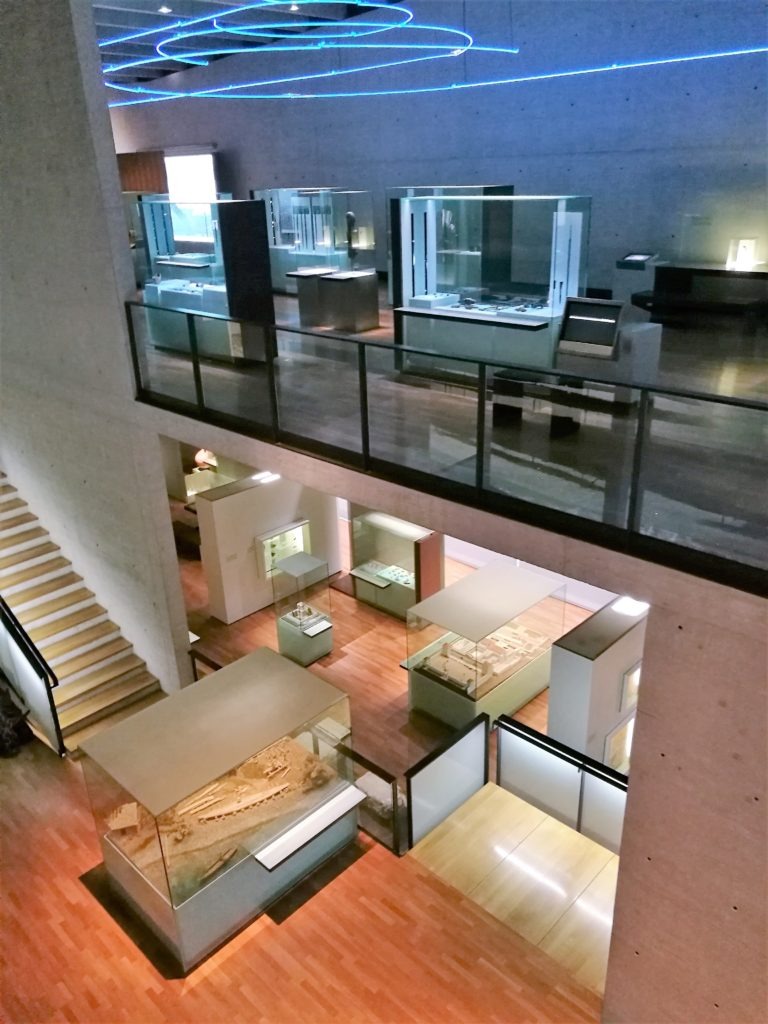
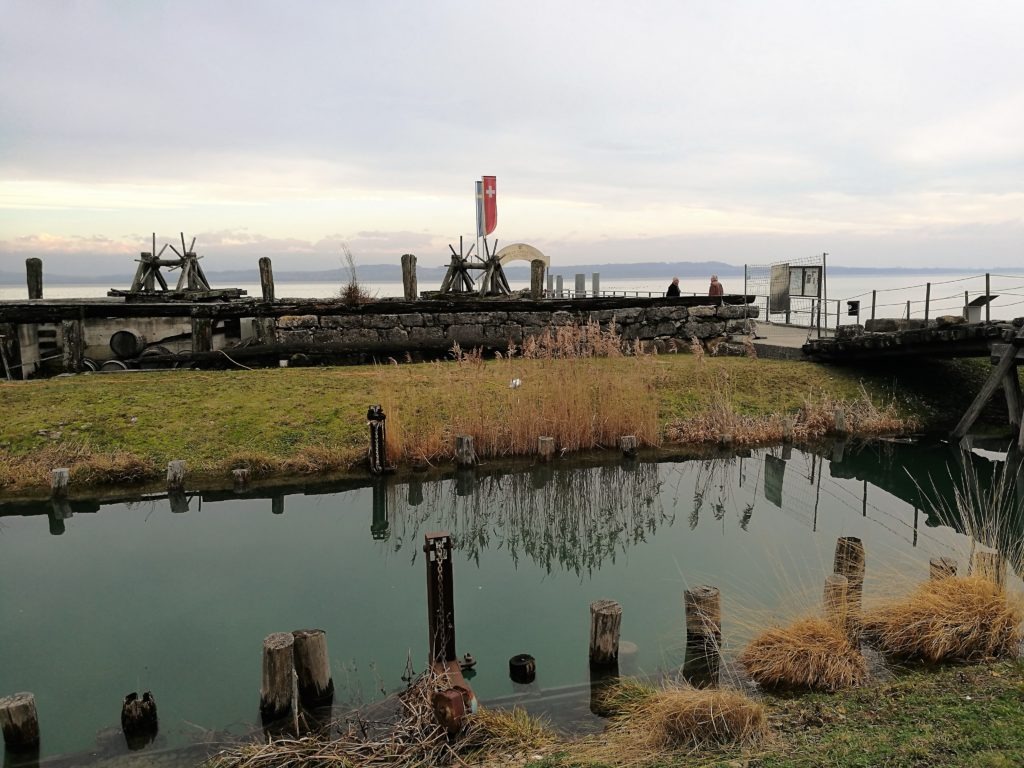
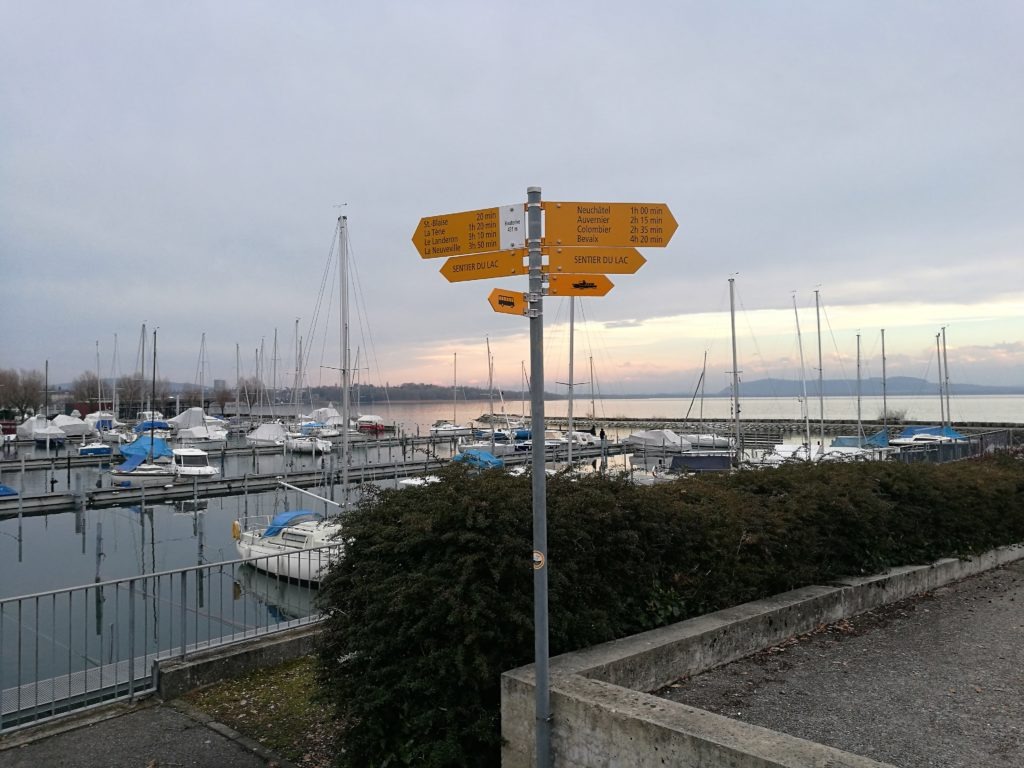
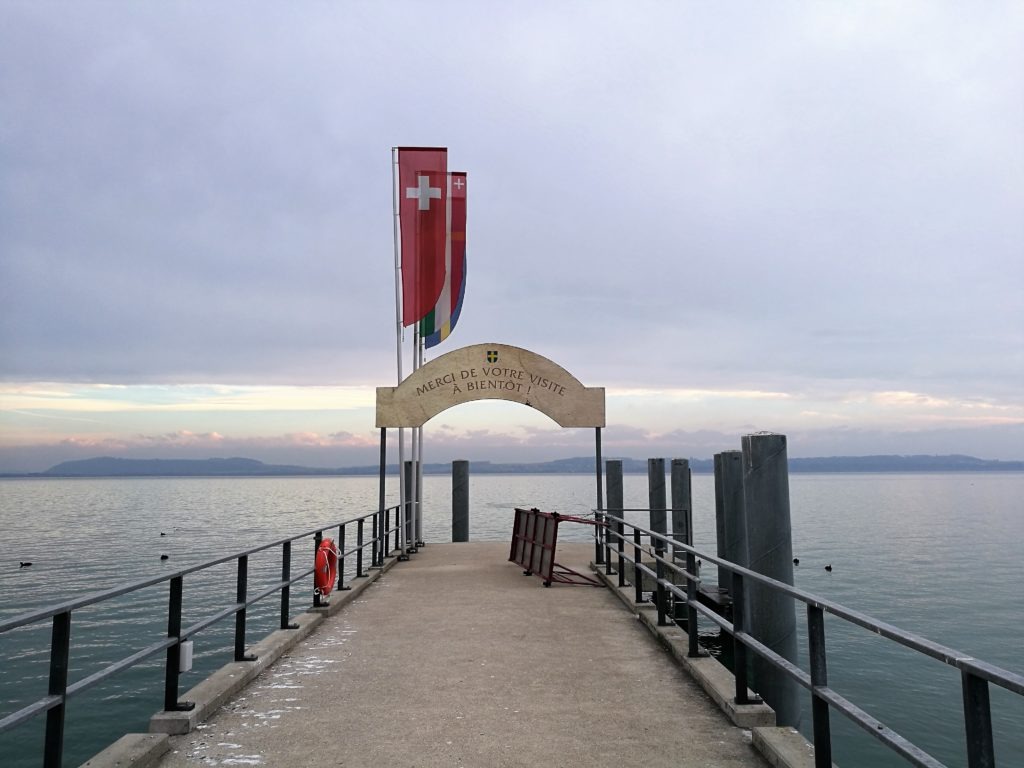
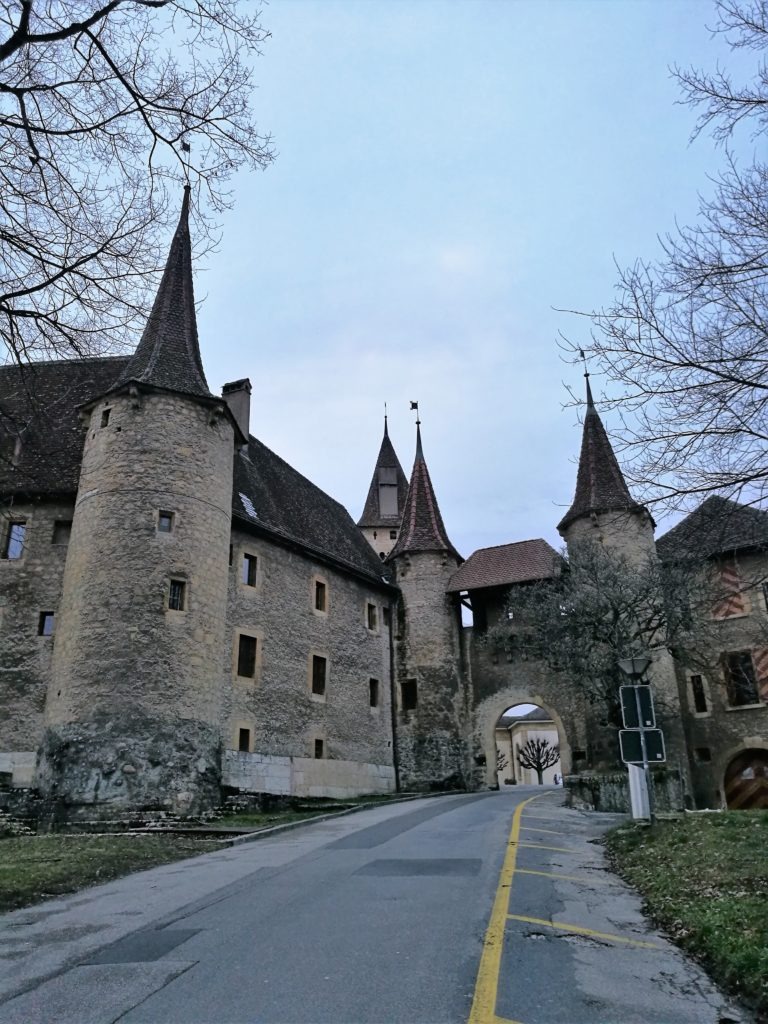
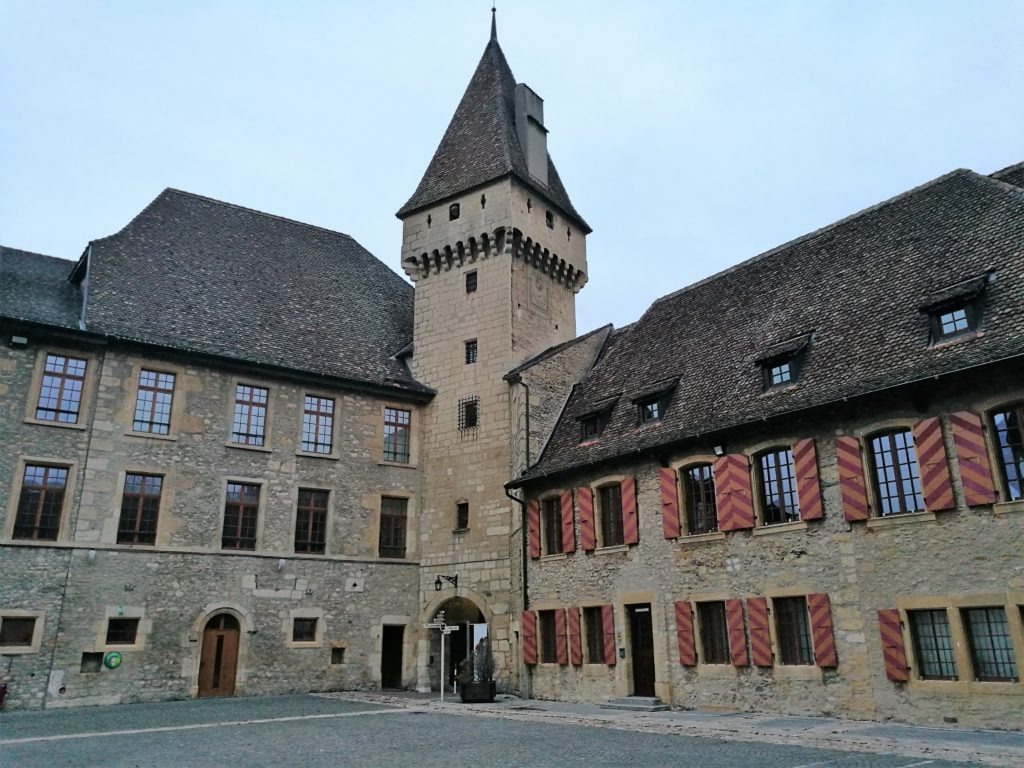

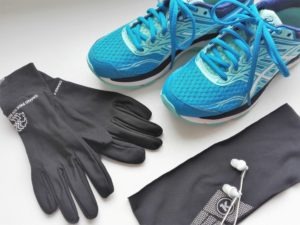

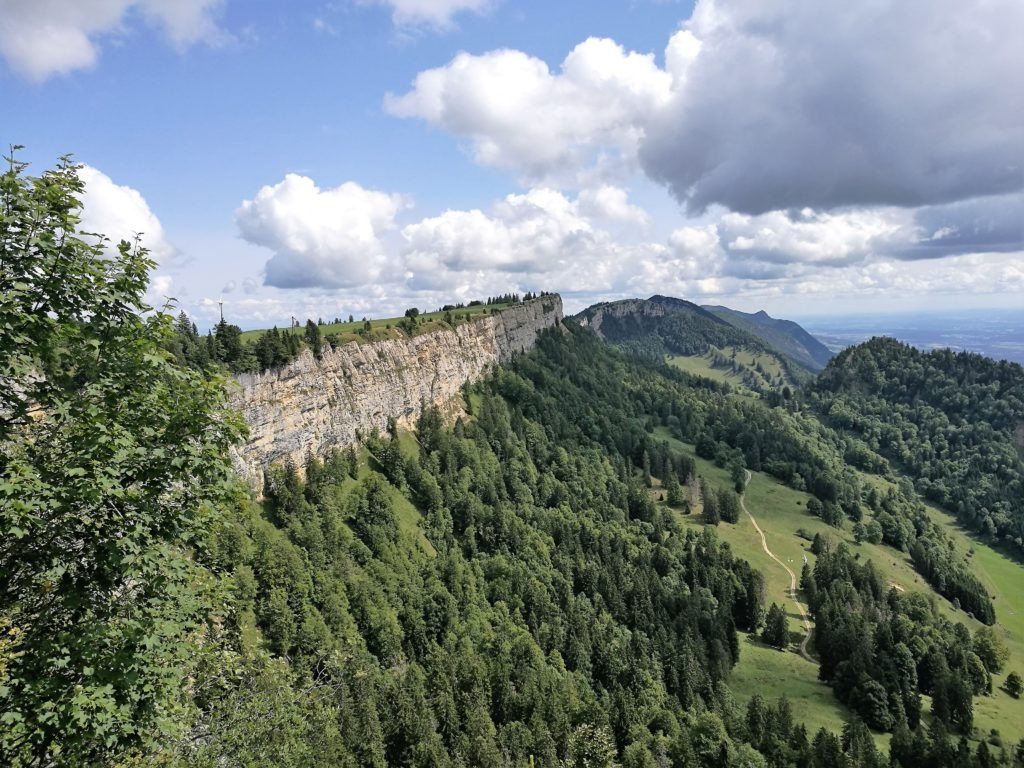
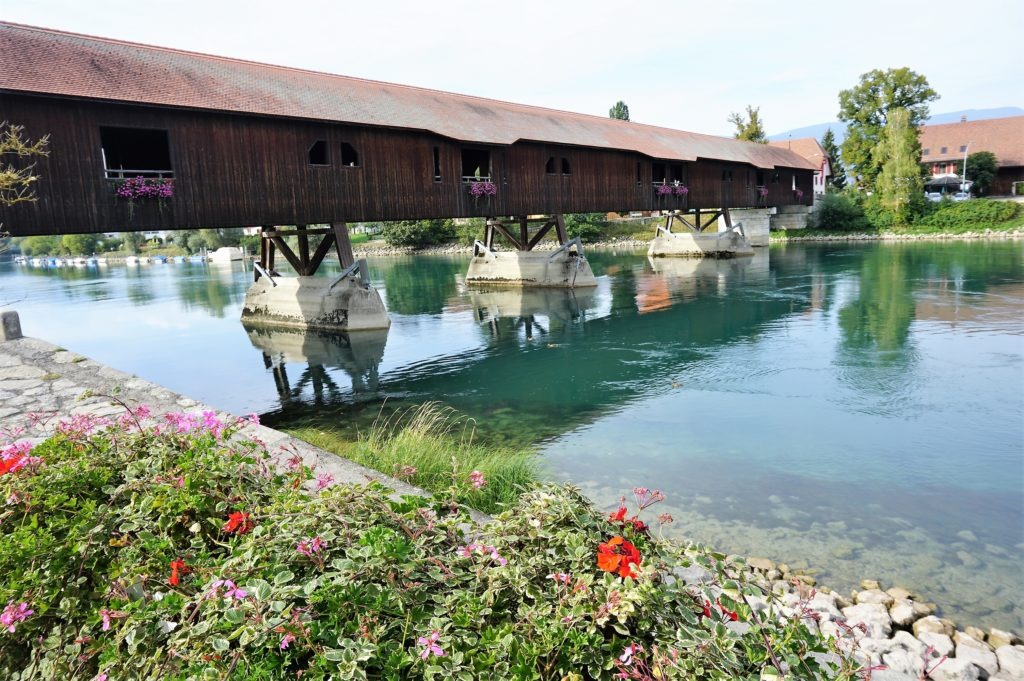
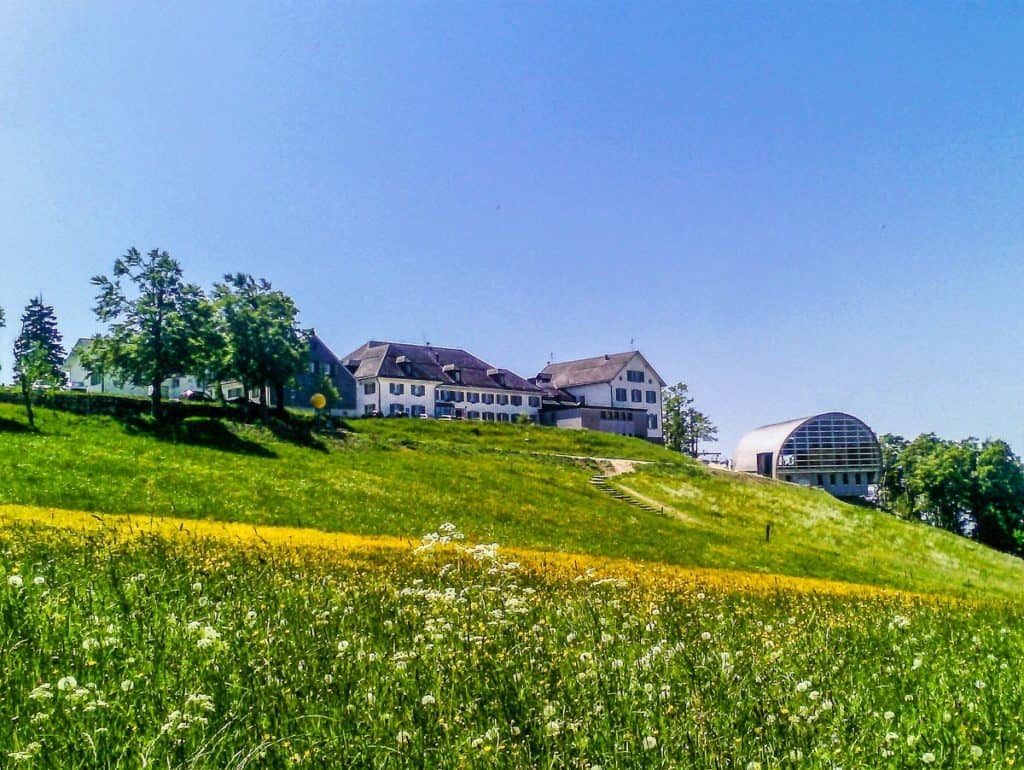




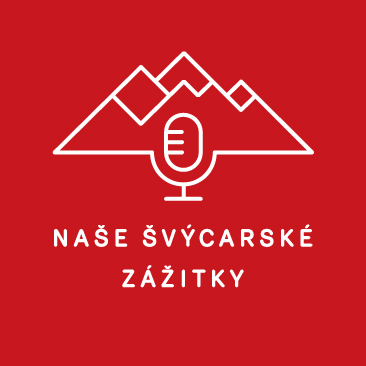
2 Comments. Leave new
Yes my daughter is def to young for this but when she gets older enough I will send her along with her dad. I agree with you that many of museums dont have english. Perhaps they don’t think that such place as Laténium attracts to many foreigner?
That can be one of the reasons. But still, it´s a pity.